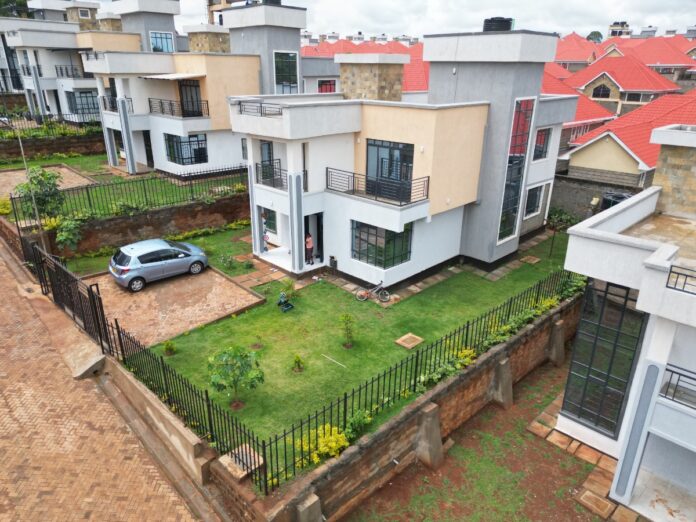Kenya’s housing boom is spreading beyond Nairobi as buyers flock to emerging satellite towns in search of affordability and breathing room. The Hass Property Index Q3 2025 shows property prices in outlying areas rising faster than within the capital, signalling a structural shift in demand.
Athi River, Ruiru, and Tigoni led the charge, recording quarterly growth of 4.3 percent, 3.2 percent, and 3 percent respectively. Over the past year, Ruiru’s detached homes have appreciated by 8.9 percent, outpacing most city suburbs.
Improved roads, reliable internet connectivity, and access to schools have made these towns prime choices for middle-income families.
The shift reflects a new phase in Kenya’s property evolution. As land in Nairobi becomes scarce and expensive, developers are turning outward, investing in gated communities and mixed-use estates that blend residential and commercial amenities.
“We are witnessing a redefinition of the urban boundary,” said Sakina Hassanali of HassConsult. “The next decade will belong to well-planned satellite hubs.”
Rental trends also support this migration. Tenants priced out of central Nairobi are moving to satellite areas where rent is up to 30 percent lower, but amenities remain comparable. Investors are responding by developing apartments and townhouses aimed at long-term occupancy rather than quick turnover.
Although infrastructure and water access remain challenges, the broader picture is one of decentralisation and opportunity.
The momentum in satellite towns shows how Kenya’s property growth is no longer confined to elite Nairobi enclaves but driven by ordinary homeowners seeking value and stability in a rapidly urbanising nation.



















